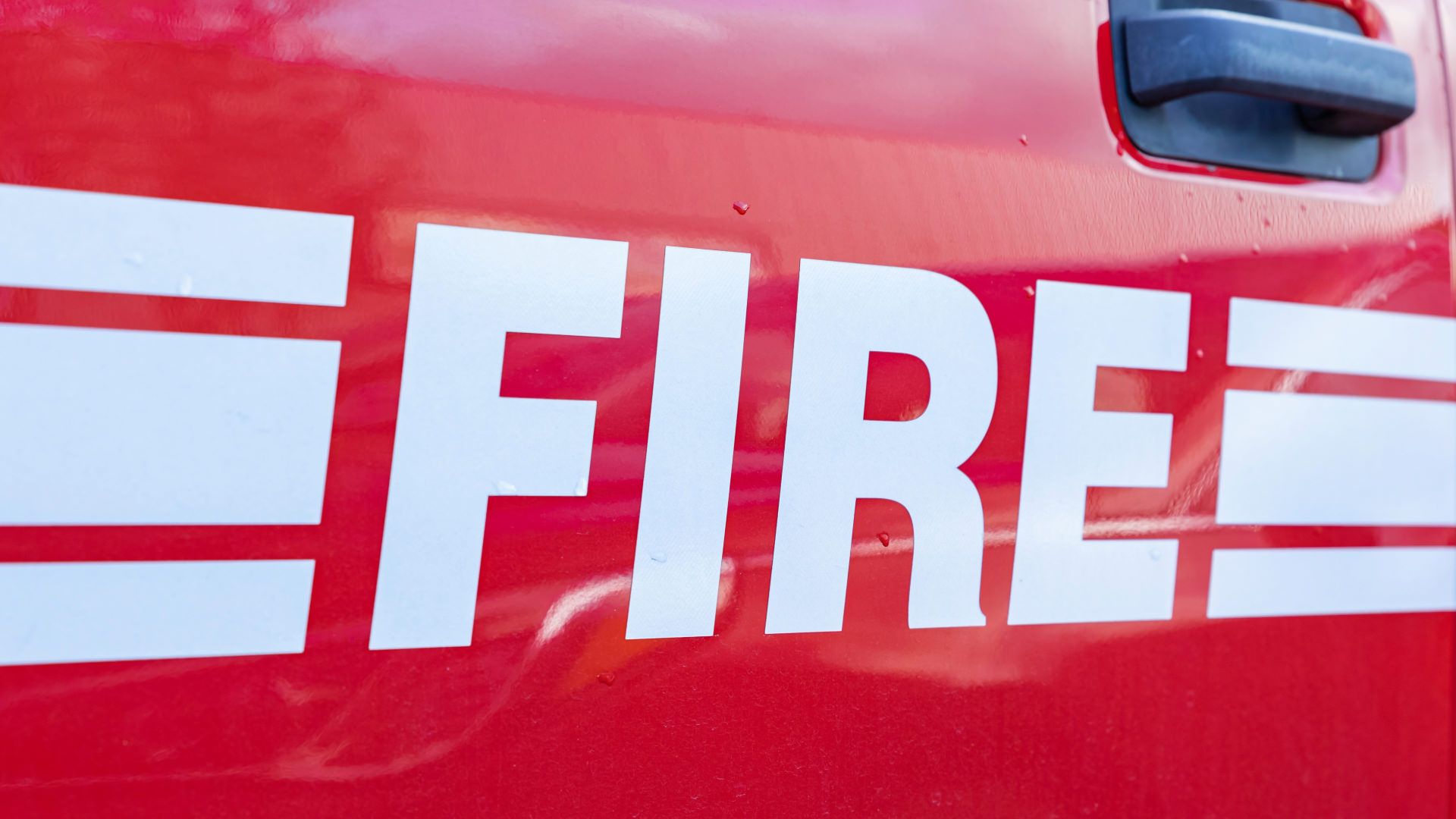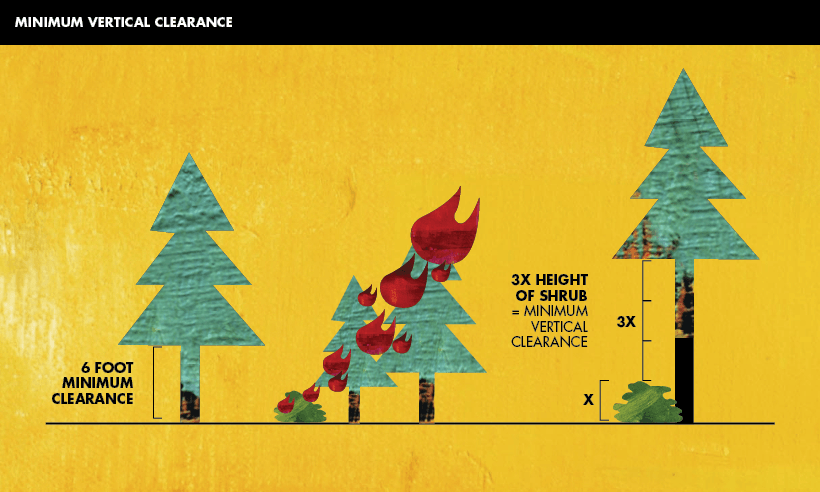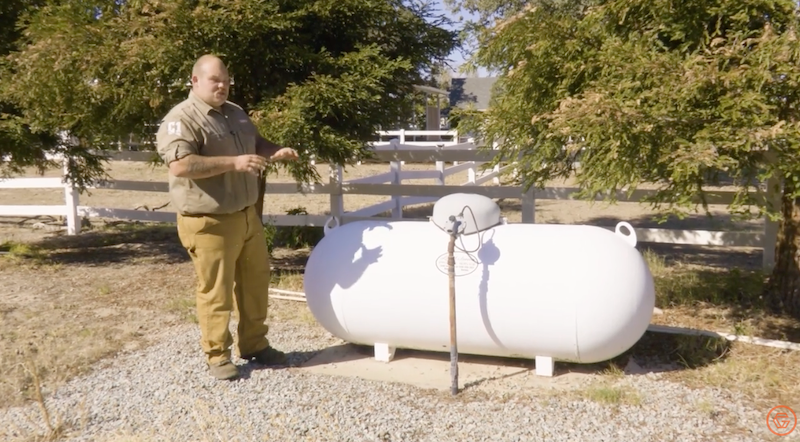Creating defensible space around your home is an important part of protecting it from the threat of wildland fires. One key component of this is creating vertical spacing between brush and other combustible materials. This reduces the amount of fuel available to carry a fire from one area to another, thus decreasing the risk of it spreading and damaging your home. Vertical spacing can be achieved by removing ladder fuels, pruning or thinning trees and shrubs, or any combination of the three. It is important to be aware of the types of vegetation in your area and the potential risk they pose to your home. By taking the necessary steps to create defensible space around your home, you can help ensure the safety of your home.
Clearing Brush in California for Fire Protection
which brush to remove To protect your home from wildfires
Brush clearing is a crucial step in creating a defensible space around your home to protect it from wildfires. Regularly removing dead and overgrown vegetation from your property can greatly reduce the chance of a wildfire reaching your home. Keeping your property “lean and green” is a great way to reduce the amount of fuel available to a wildfire.
By cutting down trees, dead shrubs, and other overgrowth, you can create a space between your home and any potential wildfire. This
defensible space is an important factor in protecting your home from being damaged or destroyed. Regularly clearing away any kind of dead vegetation or dried out leaves can help to reduce the risk of a wildfire reaching your home.
Brush removal is an essential part of creating defensible space around your home to protect it from wildfires. Regularly removing dead and overgrown vegetation can help to reduce the risk of a wildfire reaching your home and property. Be sure to follow the local laws and regulations when clearing brush and creating defensible space.
keywords: California Clear Brush Local, Brush Clearance, Brush Clearance Requirements, Weed Abatement, Cal Fire Tips
Defensible Space Zones For California homes
Creating a defensible space zone around your home is an important step in protecting your home from potential fires. A defensible space zone is an area around your home that has been cleared of brush, debris, and other flammable materials. This zone is divided into four distinct areas, each with their own specific goals.
The first zone is the Ember Resistant zone, also known as
Zone 0. This zone is the closest to your home and should be cleared of all combustible materials. This includes anything made of wood, such as decks, sheds, and fences, as well as dead and dying vegetation. This zone should also be kept free of debris such as leaves, pine needles and twigs.
The second zone is the Lean, Clean, & Green zone, or
Zone 1. This zone should be kept clear of all combustible materials, as with Zone 0. Additionally, this zone should be kept free of any vegetation that is prone to catching fire. This means removing any dead or dying vegetation and pruning back any living vegetation.
The third zone is the Reduce Fuel zone, or
Zone 2. This zone should be kept clear of any vegetation and combustible materials, as with the previous two zones. Additionally, this zone should be kept free of any large piles of debris, such as logs or branches. This zone should also be kept free of any dense vegetation, such as shrubs or trees.
The fourth zone is the Egress and Extend zone, or
Zone 3. This zone should be kept clear of any combustible materials, as with the other three zones. Additionally, this zone should be kept free of any vegetation that is capable of catching fire. This zone is also important for providing a safe path of escape in the event of a fire.
Creating a defensible space zone around your home is an important step in protecting your home from potential fires. By following the guidelines for each of the four zones, you can help reduce the potential for a devastating fire near your home.
How brush clearance works with Vertical Spacing
Horizontal Spacing tips for brush & landscaping
Contact Grind Fire Defense today for brush clearing services in northern california
Maintaining defensible space around your property is essential for protecting against the risk of wildfires. If you’re looking for a reliable and professional service to help ensure your home and property are protected, contact Grind Fire Defense. Their team of experienced professionals is dedicated to providing comprehensive brush clearing services to create vital defensible space.
Grind Fire Defense has the expertise and experience to safely clear away brush, trees, and other flammable materials from your property. Utilizing the latest equipment, like chippers and mowers, they can quickly and effectively clean up brush, reducing the risk of wildfires on your property. With Grind Fire Defense, you can rest assured that your property is safe and secure.
Don’t wait until it’s too late.
Contact Grind Fire Defense and get the brush clearing services you need to create vital defensible space around your property. Their team of professionals is standing by and ready to help ensure your home and property are protected from the risk of wildfires.
Share this article on









